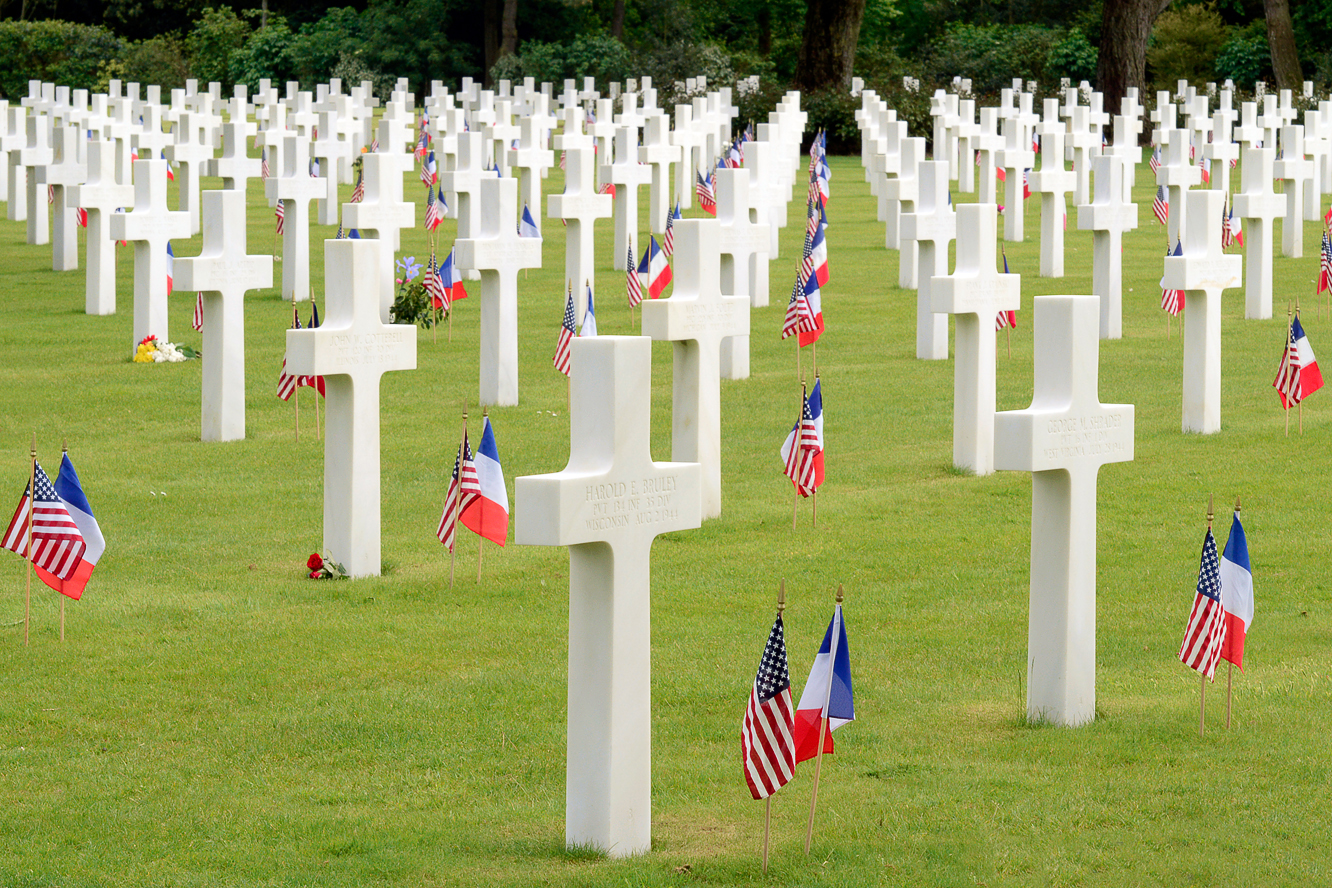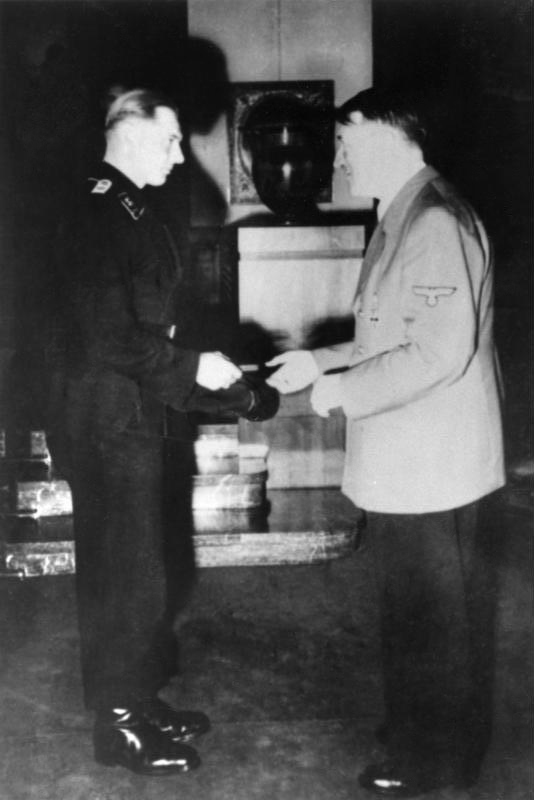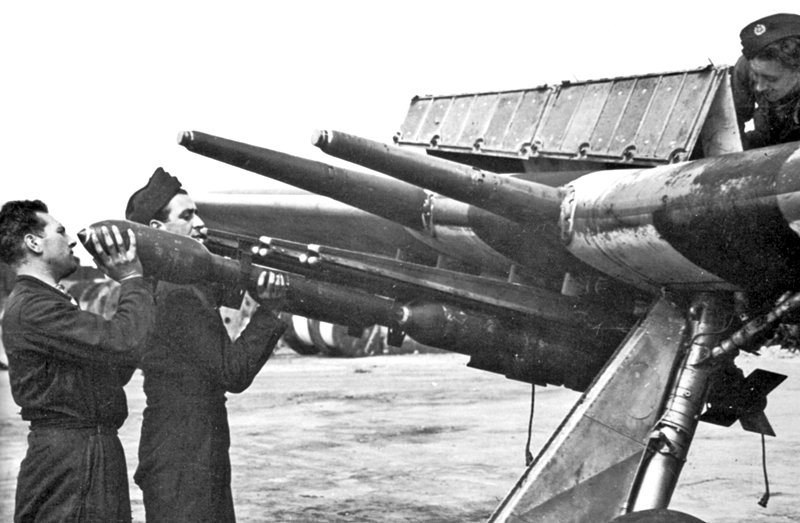|
La Cambe German War Cemetery
La Cambe is a Second World War German military war grave cemetery, located close to the American landing beach of Omaha, and north west of Bayeux in Normandy, France. It is the largest German war cemetery in Normandy and contains the remains of over 21,200 German military personnel. Initially, American and German dead were buried in adjacent fields but American dead were later disinterred and either returned to the US or re-interred at the Normandy American Cemetery and Memorial, away. After the war over 12,000 German dead were moved from approximately 1,400 field burials across Normandy to La Cambe. The cemetery is maintained and managed by the voluntary German War Graves Commission (''Volksbund Deutsche Kriegsgräberfürsorge''). History La Cambe was originally the site of a battlefield cemetery created on 10 June 1944 by the 607th Quartermaster Graves Registration Company during the Battle of Normandy. American and German soldiers, sailors and airmen were buried in two adjace ... [...More Info...] [...Related Items...] OR: [Wikipedia] [Google] [Baidu] |
German War Graves Commission
The German War Graves Commission ( in German) is responsible for the maintenance and upkeep of German war graves in Europe and North Africa. Its objectives are acquisition, maintenance and care of German war graves; tending to next of kin; youth and educational work; and preservation of the memory to the sacrifices of war and despotism. Former head of the Bundeswehr Wolfgang Schneiderhan was elected President of the organisation in 2016, succeeding SPD politician Markus Meckel. The President of Germany, currently Frank-Walter Steinmeier (SPD), is the organisation's patron. Role The German War Graves Commission cares for the graves, at 832 cemeteries in 46 countries, of more than 2.7 million persons killed during World War I and World War II. The German war graves are intended to remember all groups of war dead: military personnel, those dead by aerial warfare, murdered in the Holocaust, and all other persons persecuted to death. In addition, the Volksbund maintains cemeteries ... [...More Info...] [...Related Items...] OR: [Wikipedia] [Google] [Baidu] |
Orglandes German War Cemetery
Orglandes War Cemetery is a German World War II cemetery in Normandy, France. It is located on the northern edge of the village of Orglandes, about south east of Cherbourg and west of Sainte-Mère-Église on the Cotentin Peninsula. The burials come from summer 1944, immediately following D-Day and the Battle of Normandy. It is the second smallest of the six German war cemeteries in Normandy with a little over 10,000 burials. The cemetery is maintained and managed by the voluntary German War Graves Commission (''Volksbund Deutsche Kriegsgräberfürsorge''). Formation Created during the Battle of Normandy on 20 June 1944, the cemetery was formed by the 603rd Quartermaster Graves Registration Company for the burial of fallen 1st US Army service personnel. Initially one field containing American war dead was created followed by another for German casualties. At the war's end over 7,300 German soldiers were interred at the cemetery. The American Battle Monuments Commission began exh ... [...More Info...] [...Related Items...] OR: [Wikipedia] [Google] [Baidu] |
List Of Military Cemeteries In Normandy
The following military cemeteries were established in the French region of Normandy in memory for casualties of the World War II battles there: American * The Normandy American Cemetery and Memorial, located near the battle site at Omaha Beach. * The Brittany American Cemetery and Memorial, located near Saint-James. Despite the name of the cemetery, it is located in Normandy, on the border with Brittany. British * Banneville-la-Campagne War Cemetery contains 2,175 Commonwealth burials of the Second World War with a high number of casualties from Operation Goodwood interred in the cemetery. * Bayeux War Cemetery contains 4,144 Commonwealth burials of the Second World War, 338 of them unidentified. There are also over 500 war graves of other nationalities, the majority German. * Brouay War Cemetery contains 375 British and 2 Canadian graves with a high number of casualties from the 53rd (Welsh) Division. * Cambes-en-Plaine War Cemetery contains 223 graves of those that fe ... [...More Info...] [...Related Items...] OR: [Wikipedia] [Google] [Baidu] |
Commonwealth War Graves Commission
The Commonwealth War Graves Commission (CWGC) is an intergovernmental organisation of six independent member states whose principal function is to mark, record and maintain the graves and places of commemoration of Commonwealth of Nations military service members who died in the two World Wars. The commission is also responsible for commemorating Commonwealth civilians who died as a result of enemy action during the Second World War. The commission was founded by Fabian Ware, Sir Fabian Ware and constituted through Royal Charter in 1917 as the Imperial War Graves Commission. The change to the present name took place in 1960. The commission, as part of its mandate, is responsible for commemorating all Commonwealth war dead individually and equally. To this end, the war dead are commemorated by a name on a headstone, at an identified site of a burial, or on a memorial. War dead are commemorated uniformly and equally, irrespective of military or civil rank, race or creed. The co ... [...More Info...] [...Related Items...] OR: [Wikipedia] [Google] [Baidu] |
Operation Overlord
Operation Overlord was the codename for the Battle of Normandy, the Allies of World War II, Allied operation that launched the successful invasion of German-occupied Western Front (World War II), Western Europe during World War II. The operation was launched on 6 June 1944 (D-Day) with the Normandy landings. A 1,200-plane Airborne forces, airborne assault preceded an amphibious warfare, amphibious assault involving more than 5,000 vessels. Nearly 160,000 troops crossed the English Channel on 6 June, and more than two million Allied troops were in France by the end of August. The decision to undertake a cross-channel invasion in 1944 was taken at the Washington Conference (1943), Trident Conference in Washington, D.C., Washington in May 1943. General Dwight D. Eisenhower was appointed commander of Supreme Headquarters Allied Expeditionary Force, and General Bernard Montgomery was named commander of the 21st Army Group, which comprised all the land forces involved in the invasio ... [...More Info...] [...Related Items...] OR: [Wikipedia] [Google] [Baidu] |
Herbert Huppertz
Herbert Huppertz (3 June 1919 – 8 June 1944) was a German Luftwaffe military aviator and fighter ace during World War II. He is credited between 68 and 73 aerial victories, depending on source, achieved in approximately 380 combat missions. This figure includes 28 aerial victories on the Eastern Front, and further victories over the Western Allies, including 17 four-engined bombers. Born in Rheydt, Huppertz grew up in the Weimar Republic and Nazi Germany. He joined the military service in the Luftwaffe in 1937. Following flight training, he was posted to ''Jagdgeschwader'' 51 (JG 51—51st Fighter Wing) in 1939. Flying with this wing, Huppertz claimed his first aerial victory on 28 May 1940 on the Western Front during the Dunkirk evacuation. Fighting on the Eastern Front, Huppertz was awarded the Knight's Cross of the Iron Cross on 30 August 1941. He was made ''Staffelkapitän'' (squadron leader) of 12. '' Staffel'' (12th squadron) of ''Jagdgeschwader'' 1 (JG ... [...More Info...] [...Related Items...] OR: [Wikipedia] [Google] [Baidu] |
Tiger I
The Tiger I () was a German heavy tank of World War II that operated beginning in 1942 in Africa and in the Soviet Union, usually in independent heavy tank battalions. It gave the German Army its first armoured fighting vehicle that mounted the 8.8 cm KwK 36 gun (derived from the 8.8 cm Flak 36). 1,347 were built between August 1942 and August 1944. After August 1944, production of the Tiger I was phased out in favour of the Tiger II. While the Tiger I has been called an outstanding design for its time, it has also been called overengineered, using expensive materials and labour-intensive production methods. In the early period Tiger was prone to certain types of track failures and breakdowns and was in general limited in range by its high fuel consumption. It was expensive to maintain, but generally mechanically reliable. It was difficult to transport and vulnerable to immobilisation when mud, ice, and snow froze between its overlapping and interleaved ''Schacht ... [...More Info...] [...Related Items...] OR: [Wikipedia] [Google] [Baidu] |
Michael Wittmann
Michael Wittmann (22 April 19148 August 1944) was a German Waffen-SS tank commander during the Second World War. He is known for his ambush of elements of the British 7th Armored Division during the Battle of Villers-Bocage on 13 June 1944. While in command of a Tiger I tank, Wittmann destroyed up to 14 tanks, 15 personnel carriers and two anti-tank guns within 15 minutes for the loss of his own tank. The news was disseminated by Nazi propaganda and added to Wittmann's reputation. Wittmann became a cult figure after the war thanks to his accomplishments as a "panzer ace" (a highly decorated tank commander), part of the portrayal of the Waffen-SS in popular culture. Historians have mixed opinions about his tactical performance in battle. Some praised his actions at Villers-Bocage, while others found his abilities lacking, and the praise for his tank kills overstated. He is also known as the Black Baron. Early life and World War II Michael Wittmann was born in the village of Vog ... [...More Info...] [...Related Items...] OR: [Wikipedia] [Google] [Baidu] |
Oradour-sur-Glane
Oradour-sur-Glane (; oc, Orador de Glana) was a commune in the Haute-Vienne department, New Aquitaine, west central France, as well as the name of the main village within the commune. History The original village was destroyed on 10 June 1944, four days after D-Day, when 643 of its inhabitants, including women and children, were massacred by a company of troops belonging to the 2nd SS Panzer Division ''Das Reich'', a Waffen-SS unit of the military forces of Nazi Germany in World War II. A new village was built after the war on a nearby site, but on the orders of president Charles de Gaulle, the original has been maintained as a permanent memorial. The Centre de la mémoire d'Oradour museum is located beside the historic site. Personalities linked to the commune * Robert Hébras, born on 29 June 1925 in Oradour-sur-Glane; one of the six survivors of the Oradour-sur-Glane massacre on 10 June 1944. * Jean-Claude Peyronnet, (1940–), French politician, creator of the Centre of ... [...More Info...] [...Related Items...] OR: [Wikipedia] [Google] [Baidu] |
Oradour-sur-Glane Massacre
On 10 June 1944, four days after D-Day, the village of Oradour-sur-Glane in Haute-Vienne in Nazi-occupied France was destroyed when 643 civilians, including non-combatant women and children, were massacred by a German Waffen-SS company. A new village was built nearby after the war. President Charles de Gaulle ordered that the ruins of the old village be maintained as a permanent memorial and museum. Background In February 1944, the 2nd SS Panzer Division ''Das Reich'' was stationed in the Southern French town of Valence-d'Agen, « Rubrique Valence d'Agen », ''Archives du Tarn-et-Garonne'', 11 June 2011. north of Toulouse, waiting to be resupplied with new equipment and fresh troops. Following the Allied Normandy landings in June 1944, the division was ordered north to help stop the Allied advance. One of its units was the 4th SS Panzer Grenadier Regiment ("Der Führer"). Its staff included regimental commander SS-''Standartenführer'' Sylvester Stadler, SS-''Sturmbannf� ... [...More Info...] [...Related Items...] OR: [Wikipedia] [Google] [Baidu] |
Adolf Diekmann
Adolf Rudolf Reinhold Diekmann (18 December 1914 – 29 June 1944) was a Nazi officer in the ''Waffen SS'' during World War II who orchestrated the Oradour-sur-Glane massacre in France on 10 June 1944. Under Diekmann's commanded, troops from the SS Division Das Reich killed 642 inhabitants in the village, most of whom were women and children. He said he committed the war crime in retaliation to the killing of a fellow SS officer named Helmut Kämpfe by the French Resistance. Early life and early Nazi Party involvement Adolf Diekmann was born on 18 December 1914 in Magdeburg, Prussia in the German Empire to Heinrich and Anna Diekmann. Adolf was the second of four children, two girls and two boys. Heinrich was a primary school teacher. Despite his father's background as an educator, Adolf left school in 1932 at age 17. On 1 April 1933, Diekmann joined the Nazi Party, one week after the Reichstag passed the Enabling Act of 1933, essentially granting Adolf Hitler dictatorial ... [...More Info...] [...Related Items...] OR: [Wikipedia] [Google] [Baidu] |
RAF Raid On La Caine (1944)
The RAF raid on La Caine (1944) was an attack in Normandy by the Second Tactical Air Force of the Royal Air Force (RAF) on 10 June 1944. The attack was made on the château at La Caine, about to the south-west of the city of Caen, north of Thury-Harcourt. The château had recently been occupied by the HQ of , the command organisation for the German Panzer divisions in France and Belgium. Eighteen staff officers were killed in the attack and the commander, Leo Geyr von Schweppenburg was wounded. A counter-offensive being prepared against the Allied beachhead by the was postponed and then cancelled. Command was transferred to the headquarters of the ; the HQ was withdrawn to Paris and remained out of action until 28 June. Background (Field Marshal) Gerd von Rundstedt, ( the commander of German forces in western Europe) established , ( Leo Geyr von Schweppenburg from 19 November 1943 to 4 July 1944) as a headquarters for the administration and training of the seven Panz ... [...More Info...] [...Related Items...] OR: [Wikipedia] [Google] [Baidu] |




.jpg)


